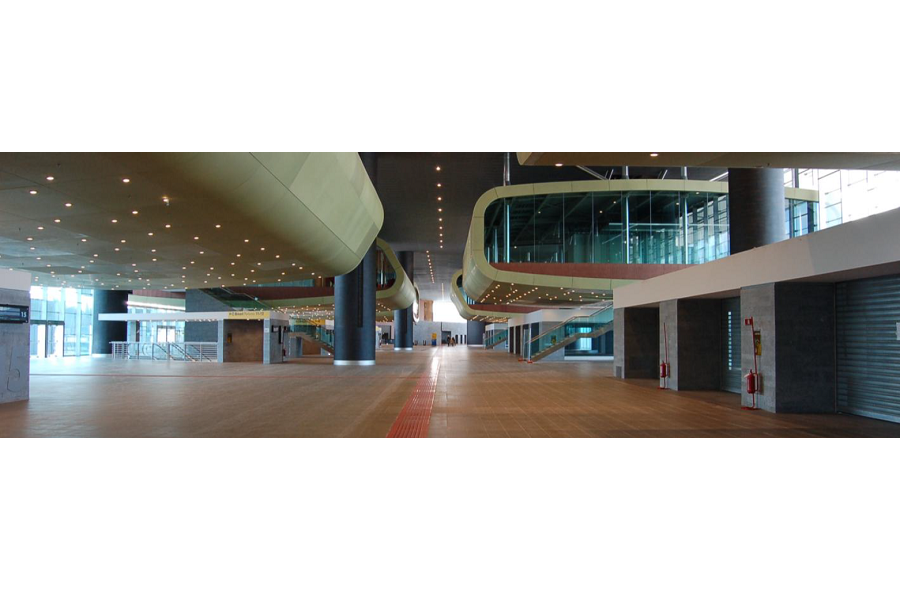
Infrastructures
The ventilation system of a submerged tunnel
- LOCATION az-Zubayr, Iraq
- CLIENT
Cantene worked on the sizing of the longitudinal ventilation system for a submerged road tunnel. The limited length of these types of infrastructures restricts the number of jet-fans that can be installed, imposing strict limitations on the design. In such cases, it is essential to employ advanced fluid dynamics studies. Cantene supported the design team with a study with a multiscale technique (combining 1D, 3D CFD, and exodus simulations). This approach allows for assessing potential interactions of users with combustion products, even at unique points near portals or bifurcations, and under congested traffic conditions.
The case study concerns an extra-urban dual-tube tunnel with one-way traffic and a high percentage of heavy vehicles. The tunnel is 1.6 km long with a maximum gradient of 4%. The usable section for installing jet-fans is about 95m2 over approximately 1.1 km. The section under the riverbed is too narrow to install jet-fans. Through fluid dynamics analysis, Cantene identified the ventilation strategies for both congested and smooth traffic conditions. The simulations also verified the ventilation logic to facilitate smoke stratification during the user self-evacuation phase. After the exodus, ventilation is activated to achieve the critical speed toward the nearest portal, limiting the area where smoke spreads and utilizing the buoyancy thrust. The results of the fluid dynamics and exodus analyses were presented as maps to provide a synthesis of the system’s behavior over time.

RELATED PROJECTS



















